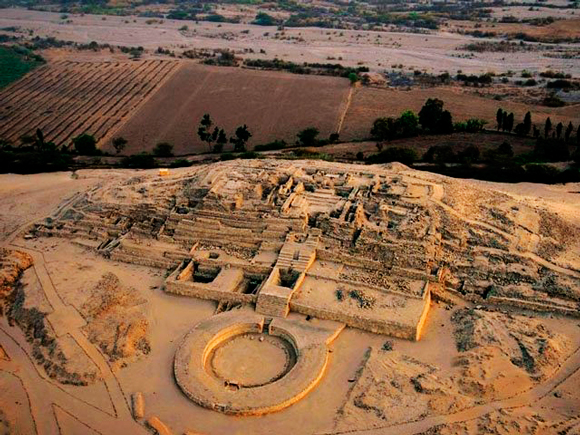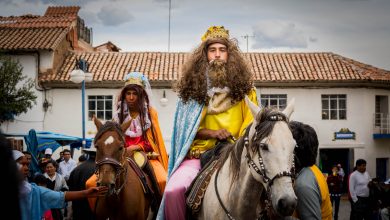Caral Cradle of Andean Civilization

To the north of the city of Lima is one of the oldest citadels in the world, Caral. National Geographic considers its discovery as one of the most important in recent years, because it changed the history of civilization in our country and the continent. Because of its antiquity it is considered the cradle of Andean civilization and as the oldest of Latin America. Its appearance has been marked towards the year 3,000 BC.
According to researchers, it is estimated that it sheltered between 2000 and 3000 inhabitants. They were excellent fishermen. Fish production and technology were important for it and the sea was a main source for exchange through the implementation of trade networks.
Before archaeological investigations were carried out in Caral, it was considered that Andean civilization in its beginning was organized in small villages where its inhabitants were dedicated to hunting and gathering. However all these affirmations took a different course thanks to the Special Archaeological Project Caral-Supe in 1994, directed by Dr. Ruth Shady. It has now been demonstrated that 5,000 years ago (3000 BC) there was already a city here with impressive pyramid constructions and with a high cultural and scientific development. It had structures built from sustainable and earthquake resistant technologies.
Caral was a city formed of several lineages, each lineage directed by his chief, of which one was chosen to be the main chief with a network of reciprocity and exchange.
So much was the importance of the discovery of this place that it was considered by UNESCO as the oldest city in America and therefore became the matrix culture of our civilization.

The archaeological site of Caral was a discovery that changed our history. Despite its antiquity, it represents a masterpiece of urban planning and architecture which is why in 2002, it was declared a cultural heritage of the nation and in 2009 it was declared by UNESCO as world heritage for its contribution to Peruvian culture.
Photo reference




